Advertisement
'Frustration, Disappointment And Hopelessness': Boston Residents React To Demolition Of Harriet Tubman House
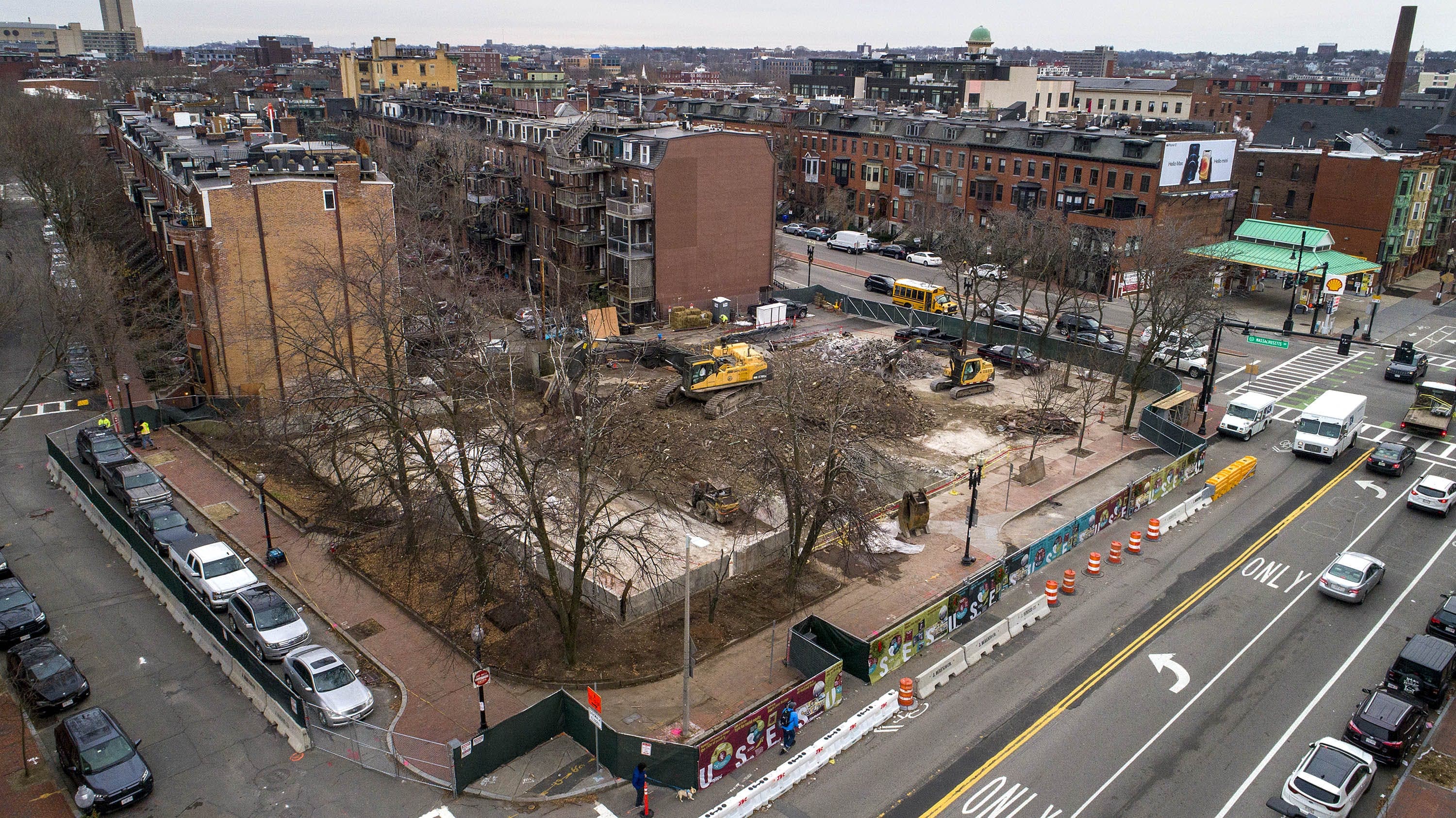
The Harriet Tubman House, a community center in Boston’s South End, has been demolished.
Over the past year, Roxbury and Dorchester residents protested the sale of the building to developers. The "House," as it was known, was more than just a community center. It was a bastion for residents in the area, a lingering beacon of the South End's historically Black and brown population.
"I worked at the Harriet Tubman House twice in my career, and volunteered for over 25 years," says Arnesse Brown. She's a South End native and part of the Tenants’ Development Corporation, a non-profit that was based at the Harriet Tubman House. "This community asset means a lot to me."
Brown, along with other community members and the I Am Harriet coalition, mobilized to protest the sale of the house. Despite the protests and marches, United South End Settlements, the non-profit that owned the property, sold it to New Boston Ventures. Plans for the development include condominiums, 4,800 square feet of non-profit community space and artist live-work units.
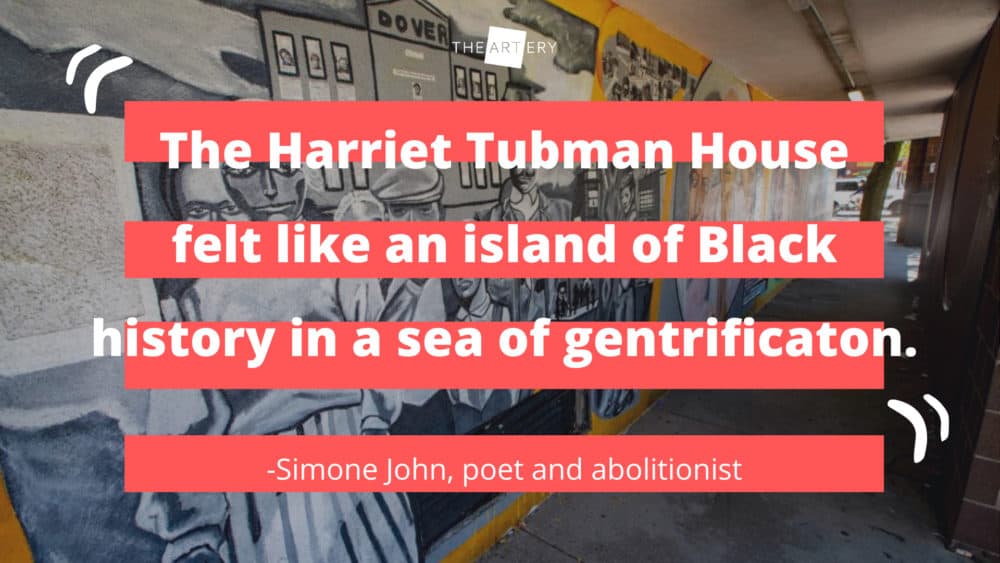
USES leadership says they needed the money from the sale to sustain future vital community services, including daycare and food programs. "The work of the institution that is Harriet Tubman and her legacy will continue at 48 Rutland Street in the South End," USES wrote on their website.
But to residents like Brown, the destruction of the Harriet Tubman House is a symbol. In a city that's rapidly changing due to gentrification, the demolition of the community center seemingly perpetuates the displacement and erasure of Boston's Black and brown residents. "This is a story of a legacy, a landmark ... being sold so that even more luxury condos can be erected."
Marisa Luse, a Roxbury native, says the news of the demolition of the Harriet Tubman House "was very sad, traumatizing ... There was a rush of emotions from confusion, frustration, disappointment and hopelessness."
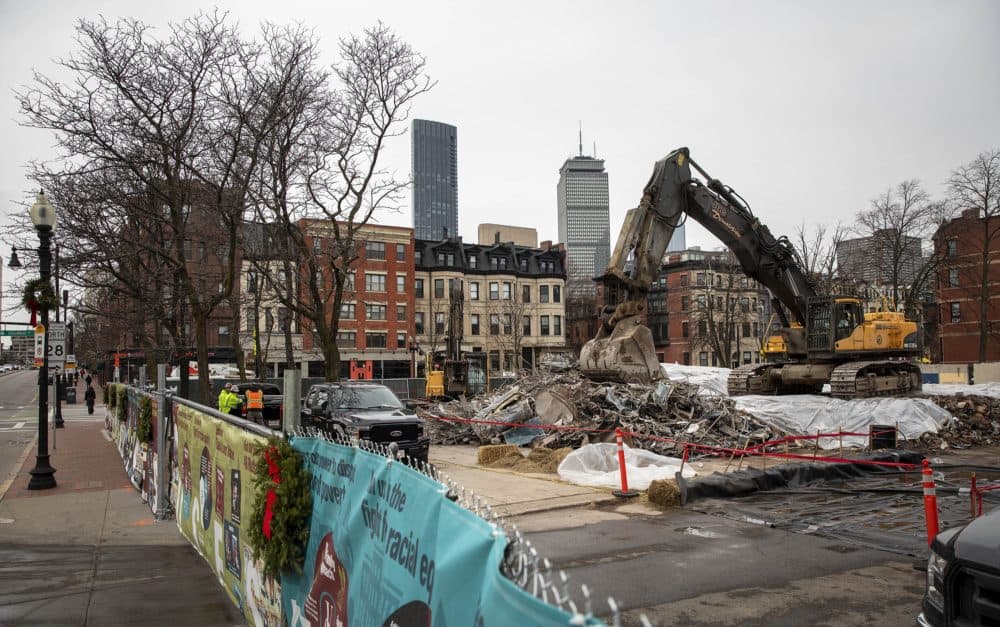
Dart Adams, a Boston historian who grew up in the South End, recalls what made the Tubman house so important. "There were so many different support systems, there was counseling. It was a place for the community. I feel incredibly sad and powerless. It represents so much of the history of the neighborhood." He was one of hundreds at the march protesting the Tubman house demolition this summer.
The demographics of the South End have slowly changed over the past 70 years. The neighborhood was originally a tenement district, comprised mainly of buildings where individual rooms could be rented at a low rate. This accessible housing birthed a diverse area of people of color and immigrants, and it also became a safe haven for the LGBTQ community.
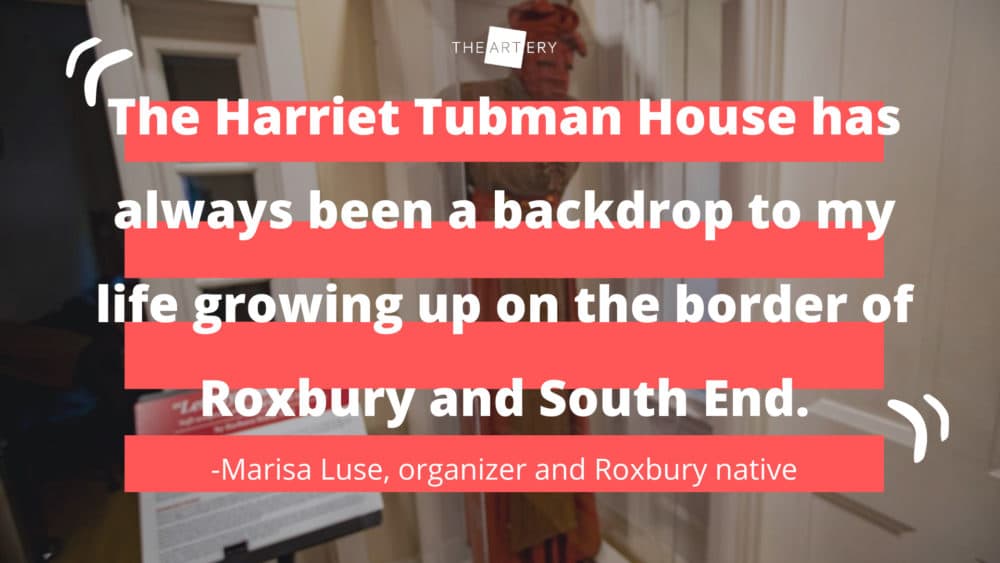
Census records show that in the 1950s, the South End was 22.8% Black, which was high in comparison to surrounding areas like Back Bay (2.5%) or Downtown (2.5%.) Of the South End residents, 19% were immigrants or born outside of the United States. The majority of people in the area also rented property, instead of owning it. By the 1980s, the non-white population in the area soared to an all-time high of 56%.
The South End became a rich multi-cultural hub, home to spots like Bob The Chef, the Hi-Hat Jazz Club, Wally's and many more. It also became the site for progressive affordable housing movements, notably the "Tent City" protests in 1968 that criticized Boston's controversial "urban renewal" efforts. In spite of the work of community activists and advocates, the South End gradually changed, with rising property prices that pushed out lower-income residents. Today, records show the Black population in the area at 13%, from a high of 31.1%. The number of renters in the area has also significantly dropped, to just 64%.
Advertisement
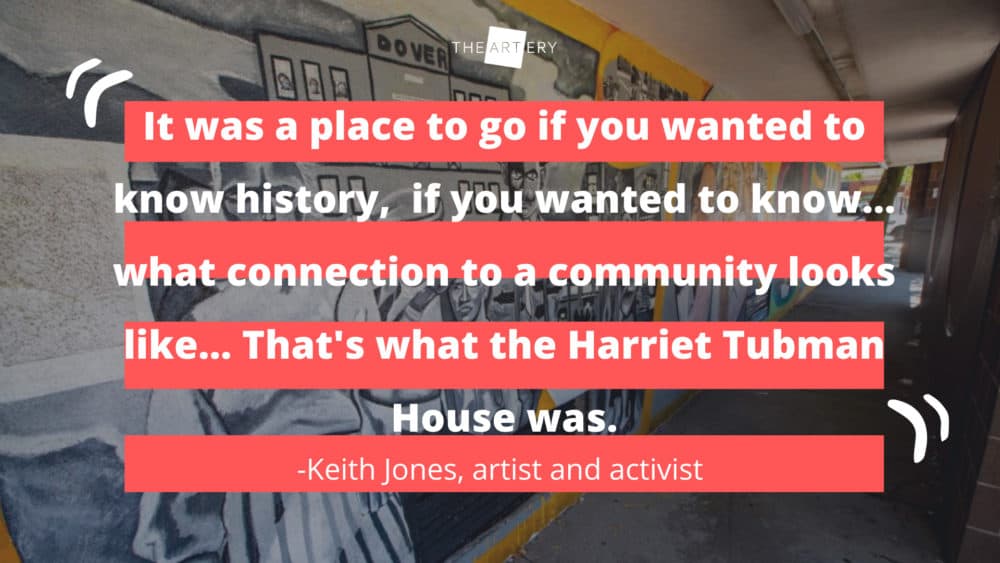
"We've seen a complete transformation of the South End than we were there," activist and artist Keith Jones points out. He and his family moved to the neighborhood in the early 1980s. "When we got there ... it was culturally diverse, mixed income. We had everybody and everything. Now you can't get in."
Critics of United South End Settlements claim the non-profit failed to do its due diligence when considering other options for the property. "We were shocked to find out that there were alternative bids," says Arnesse Brown. "That would not only have sustained United South End Settlements, but would have preserved the Harriet Tubman House." Brown says that all of the bids for the property should have been made public and available for community perusal.
The story of the sale and demolition of the Harriet Tubman House is the story of a community. It's the story of Black and brown residents feeling powerless or hopeless, as Dart and Luse describe, in the face of city development.
To residents of the South End and beyond, the Harriet Tubman House was a building that told them that they belonged. Now, with its destruction, many don't feel the same way.
"It's the literal and figurative destruction ... the Black and brown history of Boston," says Adams. "And it's only by the grace of God that I still live here."
